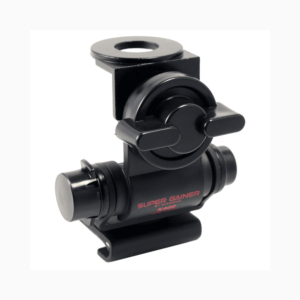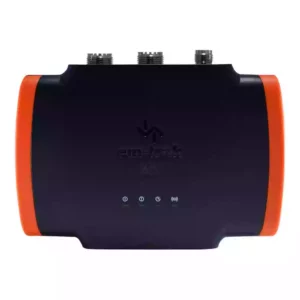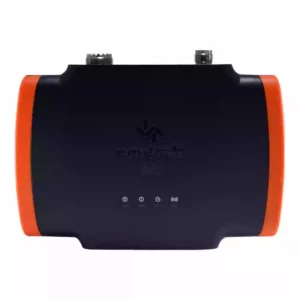The JQE-103 is a float-free compact type EPIRB designed to transmit the 406MHz emergency signal and the 121.5MHz homing signal in accordance with IMO/CCIR and COSPAS/SARSAT regulations. This equipment must be fitted to comply with IMO SOLAS regulations.
The 406MHz satellite EPIRB, thrown into the sea from a vessel or automatically released from the bracket in distress, automatically emits a 406MHz emergency signal, which the COSPAS/SARSAT satellite receives and relays to a Local User’s Terminal (LUT) on 1.5GHz. The LUT decodes the signal information including the location of the EPIRB and transmits it to a Rescue Co-ordination Center (RCC) for quick start of SAR operations by aircraft and vessels.
- The emergency transmission on 406MHz includes a digitally encoded message containing the ship’s identity and nationality, enabling an RCC to quickly catch the distress information. The ship’s location can be determined with an accuracy of 2 to 5km.
- The JQE-103 incorporates a 121.5MHz emergency transmitter to emit a homing signal to the search and rescue aircraft in the immediate vicinity of the ship in distress.
- The JQE-103 is automatically released from the float-free release bracket under water pressure at a depth of less than 4 meters to float to the surface for continuous emissions for 48 hours or more with automatic flashing of the strobe light.
- Prevention of faulty signal emissions ensures that automatic signal emission is only possible upon launching into the sea. The buoy can also be operated manually by a simple switch operation.
- The JQE-103 is of a compact, lightweight, watertight, and rugged design. It can be easily mounted on a bulkhead and works normally even when thrown into water from a height of 20 meters.
- The battery life of the JQE-103 extends the battery’s replacement up to 5 years.
- The water pressure sensor is a non-destructive type that can be reused, with a replacement period of 2 years.




